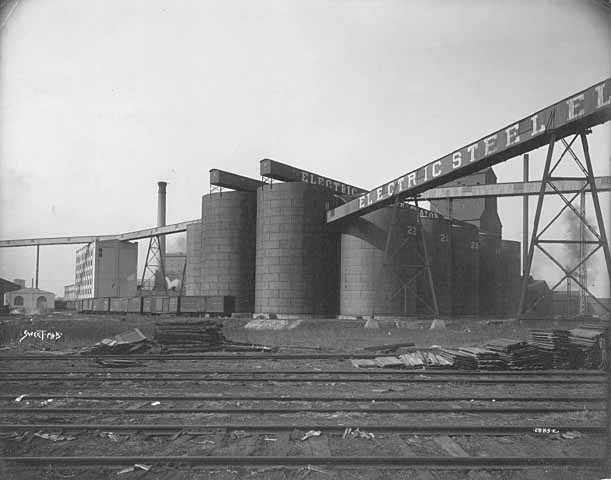
Back in my hometown, the empty factories still stand as a daily reminder to the passersby that my hometown’s best days are behind it.
It was a mill town, the kind that stood along every river in New England until the jobs went south and from the south, went to Mexico, and from Mexico went overseas.
The factories and the jobs in them are never coming back.
While a few have been turned into senior housing, the main purpose of each abandoned building today is to give me something to point at while telling people what once stood there in a town that was quite something in its day. They’re monuments to the people who worked in them that are far more meaningful than the granite stones that mark their burial locations in the cemeteries nearby.
Minneapolis isn’t my hometown. It’s quite something now, and its best days clearly are still ahead. But there are a few reminders of what it was back in the day, and without them, how will the future ever know about the people who built such a magnificent city?
That’s the reality that faced the University of Minnesota Board of Regents today when it considered requests to somehow preserve the old grain silos of the Electric Steel Elevator Property in Prospect Park, which the university bought in 2015.

But there’s another reality in Minneapolis that my hometown doesn’t face. The U of M property is valuable real estate, so today the regents voted to tear the silos down, the Star Tribune reports, consigning them to memories that will one day be forgotten.
“It’s sort of a monument to history,” Lindsey Kieffaber, a graduate student in architecture at the U’s College of Design, said. “They’re the last of their kind.”
It’s hard to find a true bad person in the situation.
Historic preservation only works if there’s someone to preserve it and nearly three dozen old silos aren’t attractive to anyone to save and who can blame people who don’t have a bottomless pit of money to throw into a bottomless pit? Lots of people want to preserve history; few bring cash to the table.
The steel silos were the forerunner to the concrete storage behemoths that symbolized what built Minneapolis: Grain.
The silos were built in 1901. The first 12 could hold 100,000 bushels of grain, Grain Elevators of Minnesota said.
Right away the elevator began breaking records—it proved it could load 86 grain cars in just under 13 hours. Besides its futuristic exterior (giant steel buildings like this were exotic at the time) the elevator’s insides were cutting edge as well, keeping with the company’s values.
Every bushel represented a farmer, a railroad worker, and a grain elevator employee long since passed now.
My hometown’s historic buildings are now a testament to an economy that no longer works for people; Minneapolis’ disappearing history is a testament to an economy that does.
“I am all in favor of historic preservation,” a Star Tribune commenter notes, “but these are simply not that significant. They are a hazard. The land would be put to better use with just about anything new.”
The people of my hometown would say the same thing — and accurately so — if it had the luxury Minneapolis has of being attractive to the future.
Until then, the immigrants who built America by working the factories that fueled the westward expansion, are going to be alive in my town as long as those buildings, such as they are, stand.
Sorry about your past, Minneapolis.
